The most common infection that affects almost 90% of people on Earth is HPV or human papillomavirus. After the discovery of papilloma, no one is alarmed because they are considered common warts among people. Only get rid of them if you are bothered or have an aesthetic flaw. The disease is "of human origin" and only spreads from the patient to the healthy: in daily life, through touch, through the reproductive system, from mother to baby. The disease can manifest on the skin or mucous membranes in the form of warts, papillomas or warts. Let's see whatis HPV and how dangerous is it to humans?
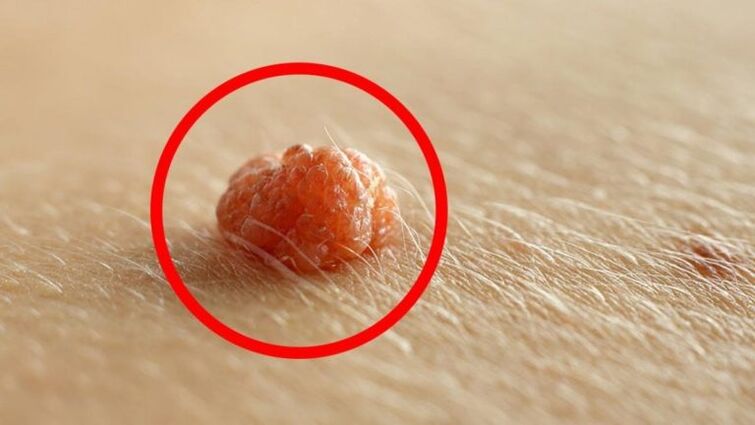
What is HPV?
The virus lives in almost every human being. HPV germs are so small that they can enter the bloodstream through abrasions, scratches, and small cuts in the skin. It may not manifest itself in any way during the life of the carrier, or it may manifest itself in all its glory. The incubation period can range from a few weeks to several years. A sign of action is a weakened immune system. If papillomas appear on the skin and mucous membranes, the body needs urgent treatment.
There are more than 70 types of human papillomavirus, but several new strains are registered each year. Traditionally, all types of HPV infections can be divided into two groups.
Warts are viruses that cause warts to form in the body.
- HPV types 1, 2, 3, 4 cause the development of plantar warts or corns;
- HPV types 3, 10, 28, 49 are responsible for the appearance of flat warts;
- HPV type 27 forms "butcher warts";
- HPV: 5, 7, 10, 12, 14, 15, 17, 19-24, 26, 27, 29, 57 - warts also develop.
Papilloma viruses that cause papillomas and warts.
- HPV 6. 11, 13, 16, 18, 31, 33, 31, 33, 58, 52, 39, 70, 30, 40, 42, 43, 51, 55, 57, 59, 61, 62, -66,
What is the risk of HPV?
Why have doctors rang the alarm for the past few years and tried to educate the public about HPV? Because the proportion of cancer patients diagnosed with this virus is on the rise. Not only women with uterine cancer, but also men with oncology of the male genitals. Skin cancer in the elderly is also on the rise.
Of course, there are types of HPV that do not affect a person’s internal health, but their manifestations in the form of increased papillomas and warts are unpleasant. They have low oncogenicity - minimal risk of developing cancer. Such formations can be easily removed by folk methods or aesthetic medicine. But the virus itself is not treated by any means or medicine. If someone becomes infected, they will carry a virus throughout their lives.
Other subtypes of papillomavirus infection belong to the high oncogenic group, meaning they can affect the development of malignancies in the body.
There are 3 types of oncogenicity:
- Low cancer risk HPV: 6, 11, 40, 42, 43, 44, 54, 61, 70;
- HPV with moderate oncological risk: 26, 31, 33, 35, 51, 52, 53, 58, 66;
- High-risk HPV: 16, 18, 36, 39, 45, 56, 59, 66, 68.
Diseases and types of HPV
The types of papillomavirus are listed below.
Skin changes:
- Warts on the soles of the feet (corns) 1, 2, 4
- Common warts 2, 4, 26, 27, 29, 57
- Flat warts 3, 10, 28, 49
- Warts Butcher 7
- Veruciform epidermodysplasia 2, 3, 5, 8, 9, 10, 12, 14, 15, 17, 19, 20-25, 36, 37, 46, 47, 50
Genital mucosal lesions:
- Genital warts 6, 11, 42-44, 54
- Exfoliation without penetration into other layers (intraepithelial lesions) may be cancer-preventing 62, 64, 67-70
- Cervical, vulvar, vaginal, anus and penile cancers 16, 18, 31, 33, 35, 39, 45, 51, 52, 54, 56, 66, 68
Changes in the mucous membranes outside the genitals:
- Changes in the oral mucosa (focal epithelial hyperplasia) 13, 32
- Recurrent respiratory papillomatosis 6, 11, 30
- Malignant neoplasms of head, neck, lung 2, 6, 11, 16, 18, 30
Types of viral skin lesions
Most types of human papillomavirus infection are asymptomatic. The external manifestations of the disease are different, here are some types:
common warts
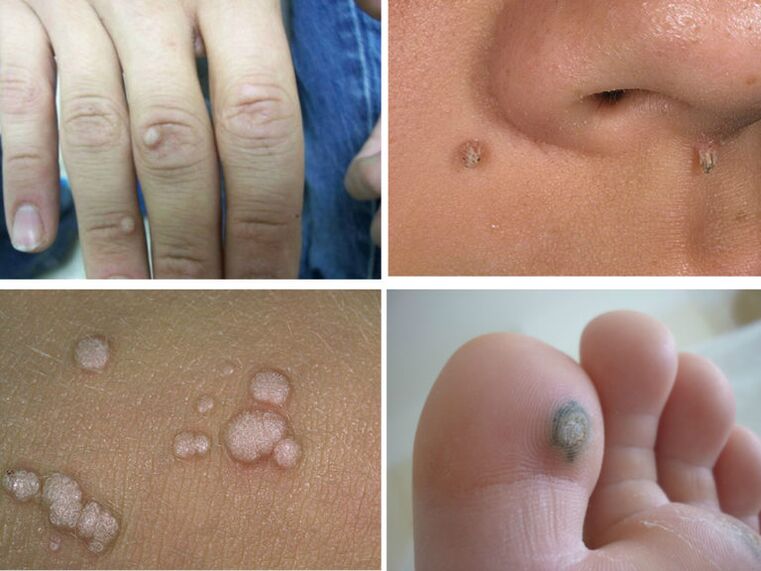
The most common form of HPV is wart. Almost everyone can find a similar papule on their body, up to 5-7 mm in diameter. Warts are usually located on the outside of the palm, between the fingers, on the soles of the feet, on the chin, on the eyelids, and on the scalp. Warts can increase in size and form colonies from the mother's papules. They can then cause discomfort: itching and tingling in the growth areas.
The most "sick" are plantar warts, commonly known as "thorns. "While walking, they put pressure on the nerve endings, causing severe pain. Such increases are surgically removed in clinics. Simple warts pose no threat to human health and almost never develop into oncological tumors.
Butcher warts

Butcher warts look like several thick strands that consist of a single growth. It is most commonly found on the fingers, especially at the site of cuts. Long filiform papules cause discomfort to their owner as these formations do not look aesthetically pleasing. They may bleed when hit or scratched. Although such warts are safe in an oncological sense, their damage leads to trouble. Doctors recommend that it be removed without error.
flat warts
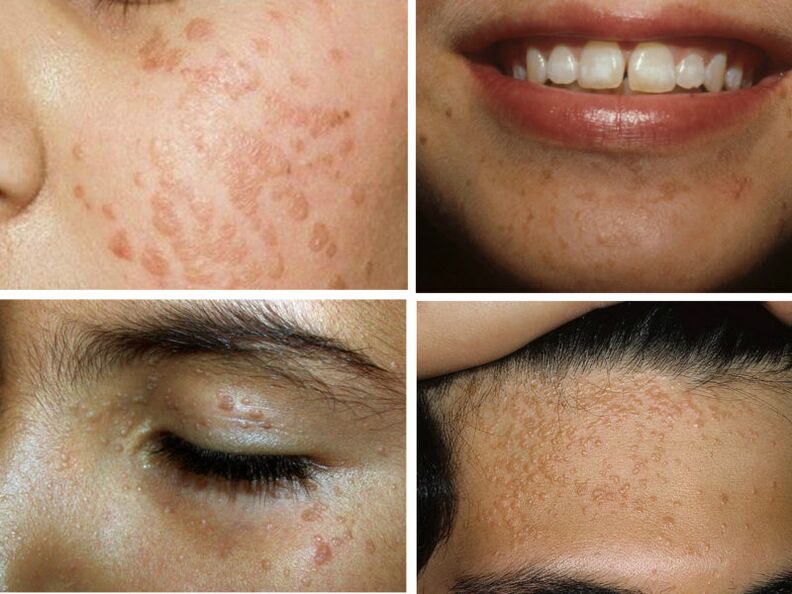
Flat warts are also called "adolescent warts" because they often appear during adolescence. They look like a dry group, large skin rash on the skin. Cover your forehead, face, chin, forearm. The color should not differ from thefrom the skin or may be slightly darker.
Butcher warts
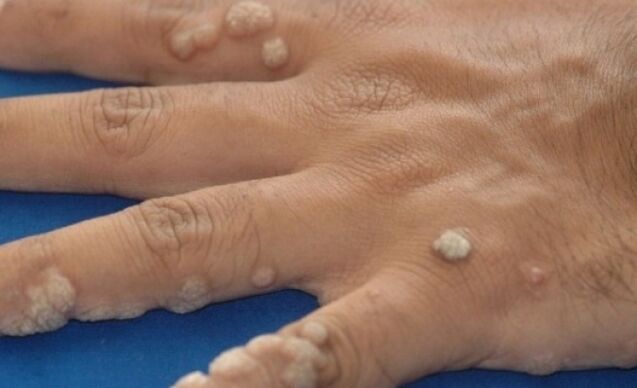
Butcher warts are growths of normal skin-colored, scarred warts. They can be clusters of one or more pieces. The name of these warty growths was given by the professional activity of the butchers. We can state that this type of infection is an occupational disease in the meat industry.
Verruciform epidermodysplasia
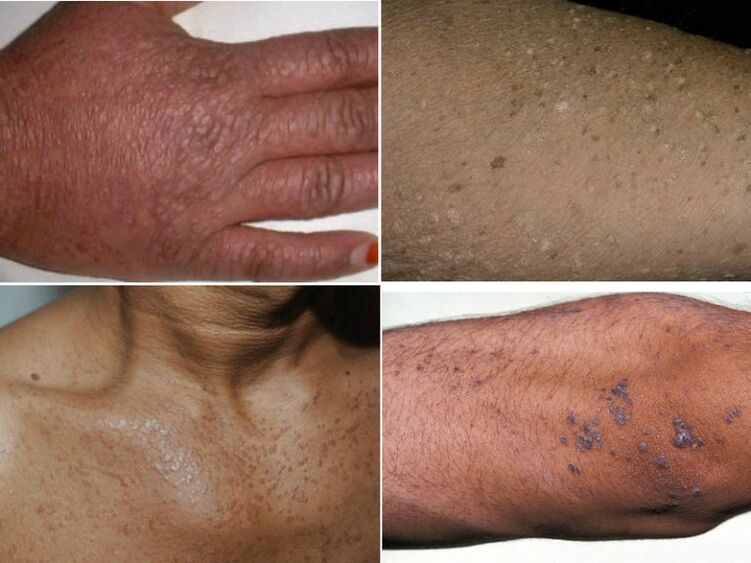
This disease can be confused with pityriasis versicolor, so consult a specialist. It is hereditary but is very rare in the form of dermatosis. On the outside, it appears to be an accumulation of flat scaly rashes and age spots. The main localization sites are the face, neck and hands. Unfortunately, this form of wart disease can develop into cancer.
Periungual warts
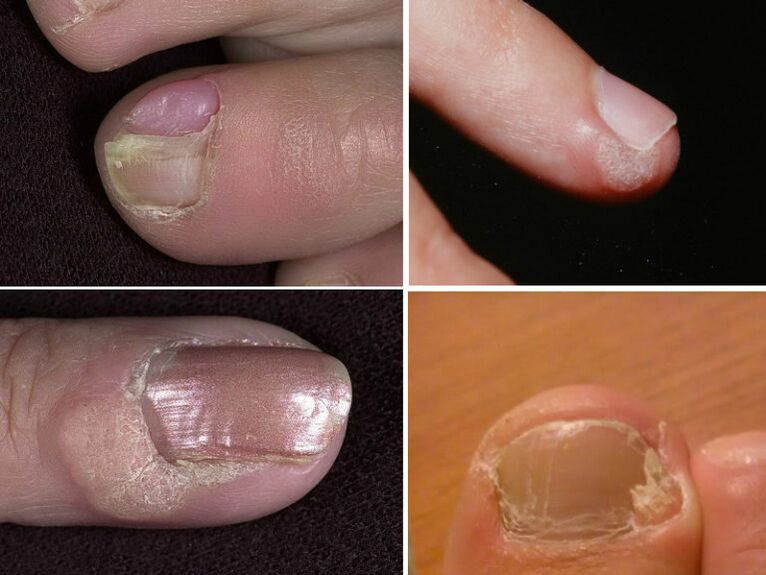
Warts near the nail destroy the nail plate. They grow deep into the skin and deform the finger. They do not develop into malignant formations, but they do not make them any less undesirable. Surgery is also necessary for aesthetic reasons and for the health of the fingers.
Bowen's disease
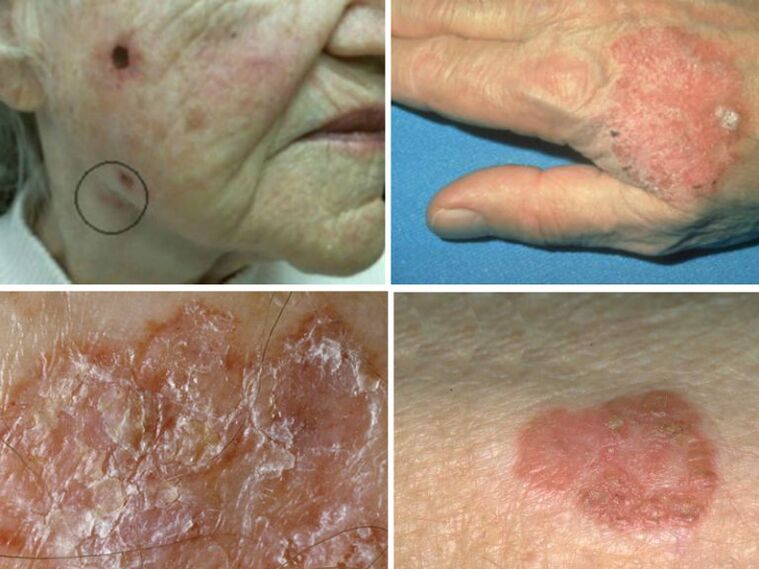
This form of HPV tends to degenerate into squamous cell carcinoma. When the skin is damaged, a 5 mm reddish skin forms, which grows and covers the skin. The upper layer of the epidermis is affected, the growth can be up to 5 cm in diameter. It is more common in the elderly as immune protection is reduced.
Genital warts

This type of HPV is sexually transmitted and therefore affects the genitals of men and women, as well as the mucous membranes of the urinary system and anus. The appearance of the formations resembles cauliflower or rooster. Oral sex can also cause genital warts in the corner of the mouth. Growths should be removed as they can be damaged during friction and cause infection.
Papillomas in the oropharynx

HPV infection in the mouth is similar to cauliflower. White plaques can land in the lungs and trachea, making it difficult to breathe. It can damage your papilloma while eating, which in turn can lead to cancer. Because a malignant tumor cannot be distinguished from a benign one, tests should be performed before plaque is removed.
Blooming papillomatosis can be not limited to the elderly. The disease occurs in children and adults. The main signs of laryngeal papillomatosis are dysphonia (speech disorder) and aphonia (inability to speak), hoarseness and difficulty breathing.
Treatment methods
There are no methods today to get rid of papillomavirus infection. Therefore, treatment is limited to removing external formations and suppressing the virus in the patient's body. There are cases where some types of the virus have died on their own for years. The methods and preparations to be used for treatment are determined by the physician only on the basis of the diagnosis, examination and external examination of the patient.
Destructive methods:
- surgical excision of the wart / papilloma (used only if malignancy is suspected);
- electrocoagulation - cauterization of the formation with a coagulator through which an electric current passes;
- cryodestruction - destruction of the wart with liquid nitrogen;
- laser treatment - the effect on the formation of the laser beam;
- radio wave method - exposure to warts / papillomas with Surgitron.
Chemical treatments:
- cauterization with salicylic acid;
- processing education trichloroacetic acid 50-90% concentration;
- mixture of acids - treatment with an educational preparation (effectiveness is very low).
Antiviral and immunomodulatory drugs should be used to activate the immune system and suppress HPV.
Disease prevention
It is quite difficult to avoid catching the HPV virus, as it can become infected when you use common household items in a bath, swimming pool, hospital. But these strains are mild and do not cause cancer. Prevention usually depends on personal hygiene, rapid treatment of cuts and injuries with antibacterial agents, and protective equipment while working.
Particular attention should be paid to the prevention of sexually transmitted viruses. It is unlikely to protect your body with a condom. The partner's viral infection can also occur near the genitals and in the mouth. Pre-vaccination is the best way to avoid infection. Girls and boys should be vaccinated before starting sexual activity between the ages of 11 and 13. Immunity lasts 3-5-10 years, depending on the vaccine and the type of virus. The vaccination can then be repeated if there is a risk of infection (change of sexual partner).
Highly oncogenic HPV can indeed cause tissue changes and lead to oncological processes. But several years elapse between the onset of the first signs and the development of cancer. Therefore, it is very important to have a medical examination every year, especially for women. Regular gynecological examination reveals lesions in both the external genitalia and the cervix. Take care of your health!























